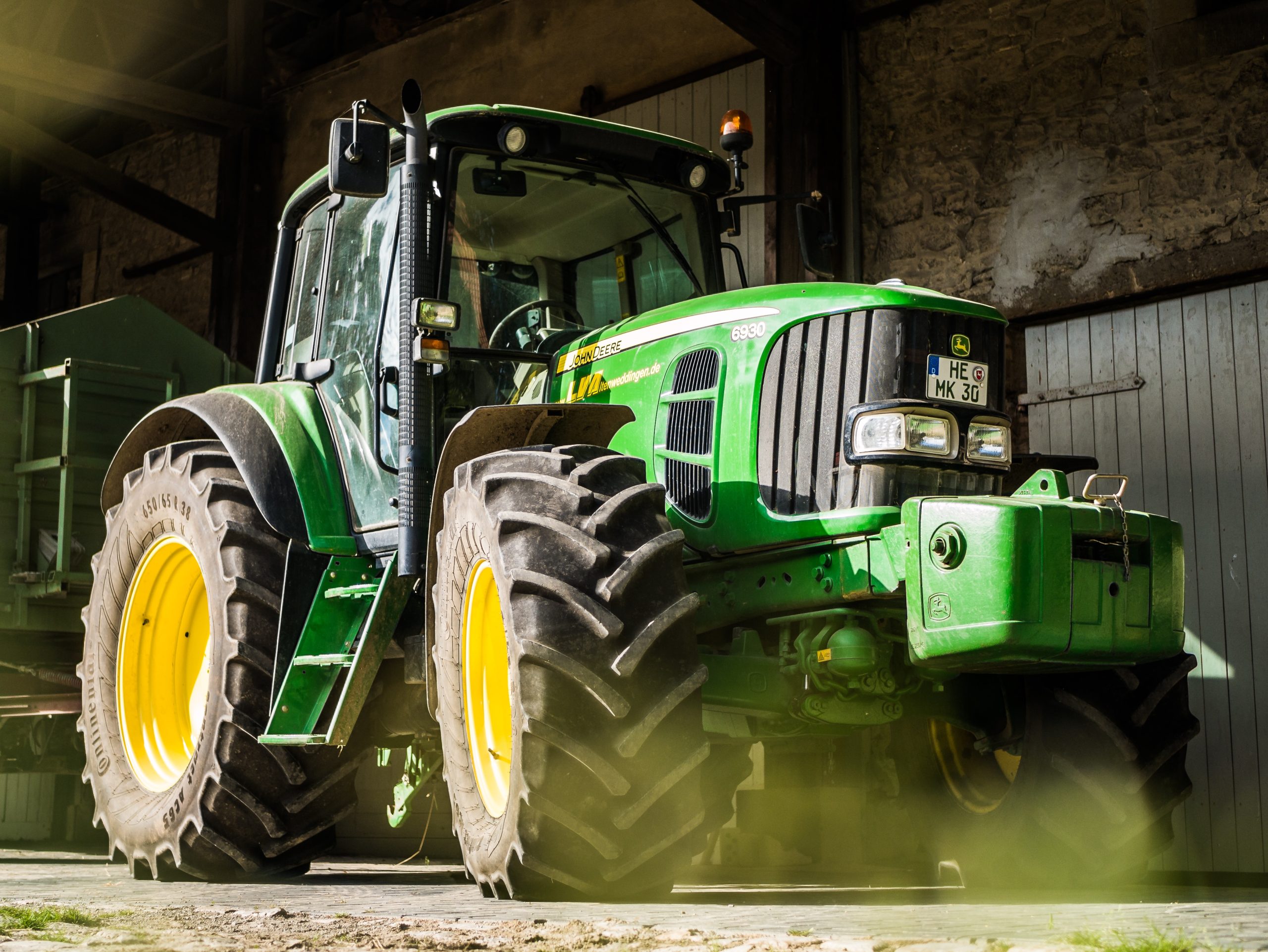Learn tractor in the world
Introduction
Welcome to the world of tractors, where power meets versatility! Whether you’re a farmer looking to optimize your agricultural operations or simply an enthusiast intrigued by these magnificent machines, there’s no denying that tractors are the backbone of modern farming and construction. From tilling fields to hauling heavy loads, tractors have revolutionized various industries worldwide.
In this blog post, we’ll take you on a journey through the fascinating world of tractors – exploring their different types, learning how to use them effectively, discovering essential maintenance tips, and even offering some guidance for those considering purchasing their own tractor. So buckle up and get ready to be amazed by the incredible capabilities of these workhorses!
The Different Types of Tractors
When it comes to tractors, there is no shortage of options available. From compact tractors designed for small-scale farming and landscaping projects, to heavy-duty models built for large agricultural operations, the variety of tractor types can be overwhelming.
One type of tractor that is commonly seen on farms is the utility tractor. These versatile machines are equipped with a wide range of attachments, making them ideal for tasks such as tilling soil, hauling materials, and mowing grass. Utility tractors come in various sizes and horsepower ratings to suit different needs.
For those working in tight spaces or smaller properties, compact tractors are a popular choice. These nimble machines offer excellent maneuverability and can be fitted with implements like loaders and backhoes to handle a variety of jobs.
Specialty tractors cater to specific tasks such as vineyard management or orchard work. These tractors are designed with features that allow them to navigate narrow rows while minimizing damage to crops.
If you have more heavy-duty needs, consider looking into row-crop or articulated four-wheel-drive (4WD) tractors. Row-crop tractors are built for precision planting and harvesting on large fields, while 4WD models provide optimal traction on rough terrains.
No matter what type you choose; it’s essential to select a tractor that aligns with your specific requirements and budget constraints. Take into account factors like power output, comfort features, fuel efficiency, maintenance costs before making your decision.
Remember that each type of tractor has its own strengths and weaknesses depending on the job at hand – so take some time researching before investing in one!
How to Use a Tractor
How to Use a Tractor
Using a tractor may seem intimidating at first, but with the right guidance and practice, it can become an essential skill for anyone working in agriculture or landscaping. Here are some basic steps to get you started on using a tractor effectively.
Familiarize yourself with the different controls and features of the tractor. This includes understanding the dashboard indicators, throttle settings, gearshifts, clutch operation, and hydraulic levers. Take your time to read the owner’s manual thoroughly before starting.
Before operating a tractor, always ensure that you have conducted a pre-operation check. Inspect the tires for proper inflation and any signs of damage. Check fluid levels such as oil and coolant, making sure they are within recommended ranges.
When starting the tractor engine, engage the parking brake and make sure it is in neutral gear. Turn on any necessary lights or signals if required for safety purposes.
Once you’re ready to move forward with your task, release the parking brake slowly while applying gentle pressure on either gas pedal or accelerator depending on whether you have an automatic or manual transmission.
When driving a tractor forwards or backwards be aware of your surroundings at all times; use mirrors if available to help guide your movements safely especially when reversing.
Remember that tractors are powerful machines so always drive at safe speeds suitable for terrain conditions and adhere to any local regulations regarding road usage if applicable.
Lastly but most importantly never forget about maintaining good posture while operating a tractor! Sit up straight with both feet firmly planted on footrests ensuring proper back support from seat cushions which will help prevent muscle strains during long periods behind wheels.
By following these guidelines along with experience gained through practice sessions under supervision from experienced operators one can quickly learn how efficiently operate tractors regardless their previous knowledge level about this topic
Tractor Maintenance
Tractor Maintenance:
Regular maintenance is crucial for keeping your tractor in top shape and ensuring its longevity. Here are some essential tips to keep in mind when it comes to maintaining your tractor.
Always check the oil levels and change the oil as recommended by the manufacturer. This will help lubricate the engine and prevent unnecessary wear and tear. Additionally, inspect the air filters regularly and replace them if they are dirty or clogged.
Another important aspect of tractor maintenance is checking all fluid levels, such as coolant, hydraulic fluid, and fuel. These fluids play a vital role in keeping your tractor running smoothly, so make sure they are at proper levels before starting any work.
Furthermore, don’t forget to examine tires for any signs of wear or damage. Proper tire pressure is essential for optimal performance on different terrains. Rotate tires periodically to ensure even tread wear and extend their lifespan.
Pay attention to the electrical system too – check battery terminals for corrosion and clean them if necessary. Inspect wiring connections regularly to avoid any potential issues down the line.
Do not neglect regular greasing of moving parts like joints, bearings, and linkages. Grease helps reduce friction between these components during operation.
By following these simple maintenance practices consistently throughout the year, you can prolong your tractor’s life span while avoiding costly repairs down the road!
Tips for Buying a Tractor
Tips for Buying a Tractor
When it comes to buying a tractor, there are several factors that you should consider. Here are some tips to help you make the right choice.
First and foremost, determine your specific needs. What tasks do you need the tractor to perform? Are you planning on using it for farming, construction, or landscaping? Knowing this will help narrow down your options and ensure that you choose a tractor with the appropriate specifications.
Next, set a budget. Tractors come in various sizes and price ranges, so it’s important to determine how much you’re willing to spend. Keep in mind that while cheaper tractors may save you money upfront, they may not be as durable or efficient in the long run. It’s often worth investing in a higher-quality machine if your budget allows.
Do thorough research on different brands and models of tractors. Read reviews from other users and compare specifications such as engine power, fuel efficiency, and features. This will give you an idea of which brands are reputable and which models best suit your needs.
Consider whether new or used is the right option for you. While new tractors offer peace of mind with warranties and updated technology, used tractors can often be more affordable while still providing reliable performance. Just be sure to thoroughly inspect any used tractor before purchasing.
Don’t forget about maintenance costs. Tractors require regular servicing and repairs over time, so factor these expenses into your decision-making process.
By taking these tips into account when buying a tractor, you’ll be well-equipped to make an informed choice that meets your needs without breaking the bank!
Conclusion
Conclusion
In this blog post, we have explored various aspects of tractors – from the different types available to how they are used and maintained. Tractors play a vital role in agriculture and other industries, making tasks easier and more efficient.
When considering which tractor to buy, factors such as power, size, attachments, and budget should be taken into account. It is also crucial to prioritize maintenance and regular servicing to ensure optimal performance.
Whether you’re a farmer looking for a reliable workhorse or someone interested in machinery with multiple functionalities, tractors offer versatility and power that can greatly benefit your operations.
So go ahead and dive into the world of tractors! Learn about the different models out there, explore their uses across various industries, understand how to properly operate them, maintain them well, and make an informed purchase decision based on your unique needs.
Remember that knowledge is key when it comes to operating any heavy machinery like tractors. Stay updated with the latest technology advancements in tractor design as these innovations can further enhance productivity while minimizing environmental impact.
So embrace the revolutionizing world of tractors – where power meets efficiency –and take advantage of these incredible machines that continue to shape our modern society!



